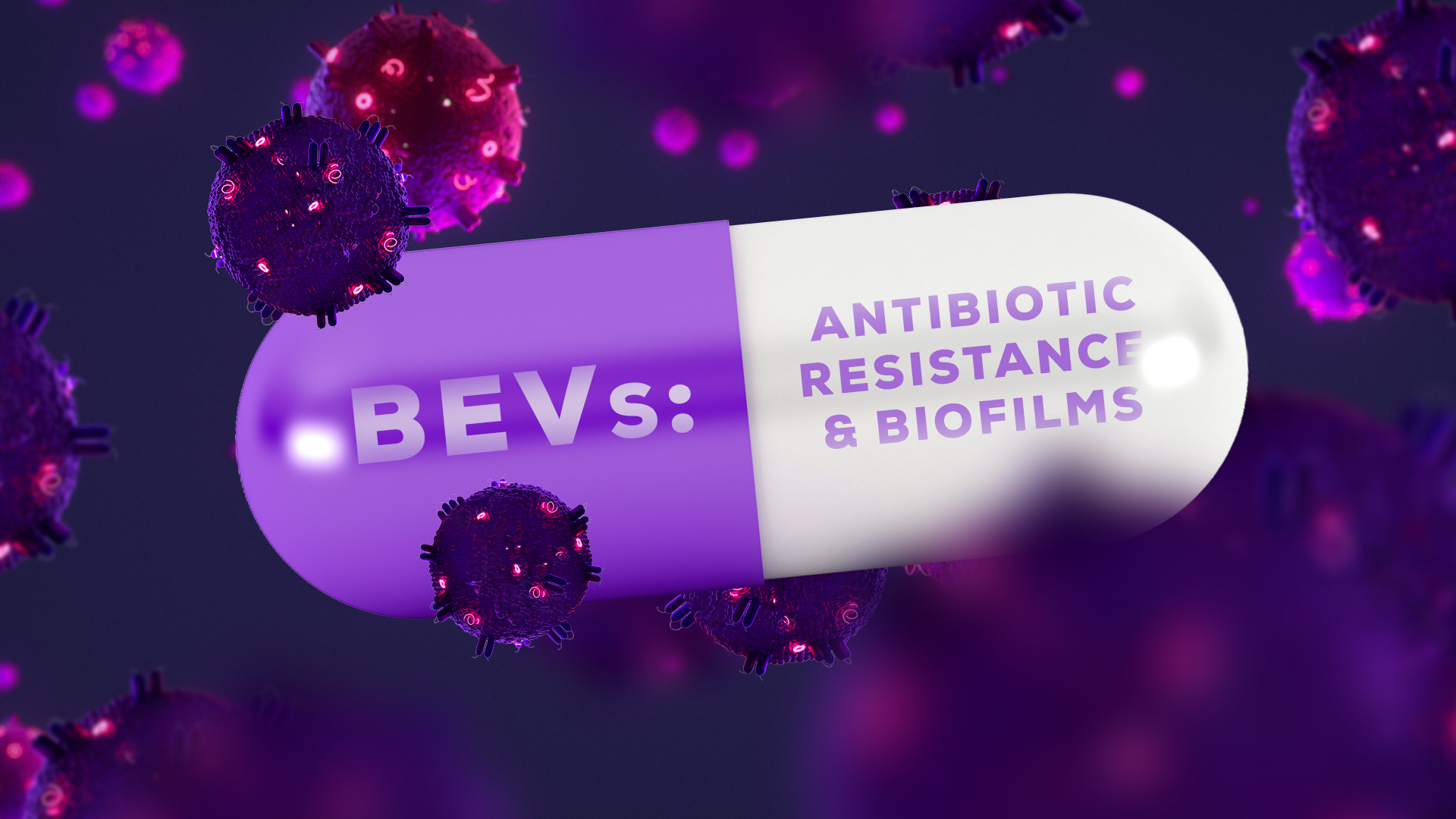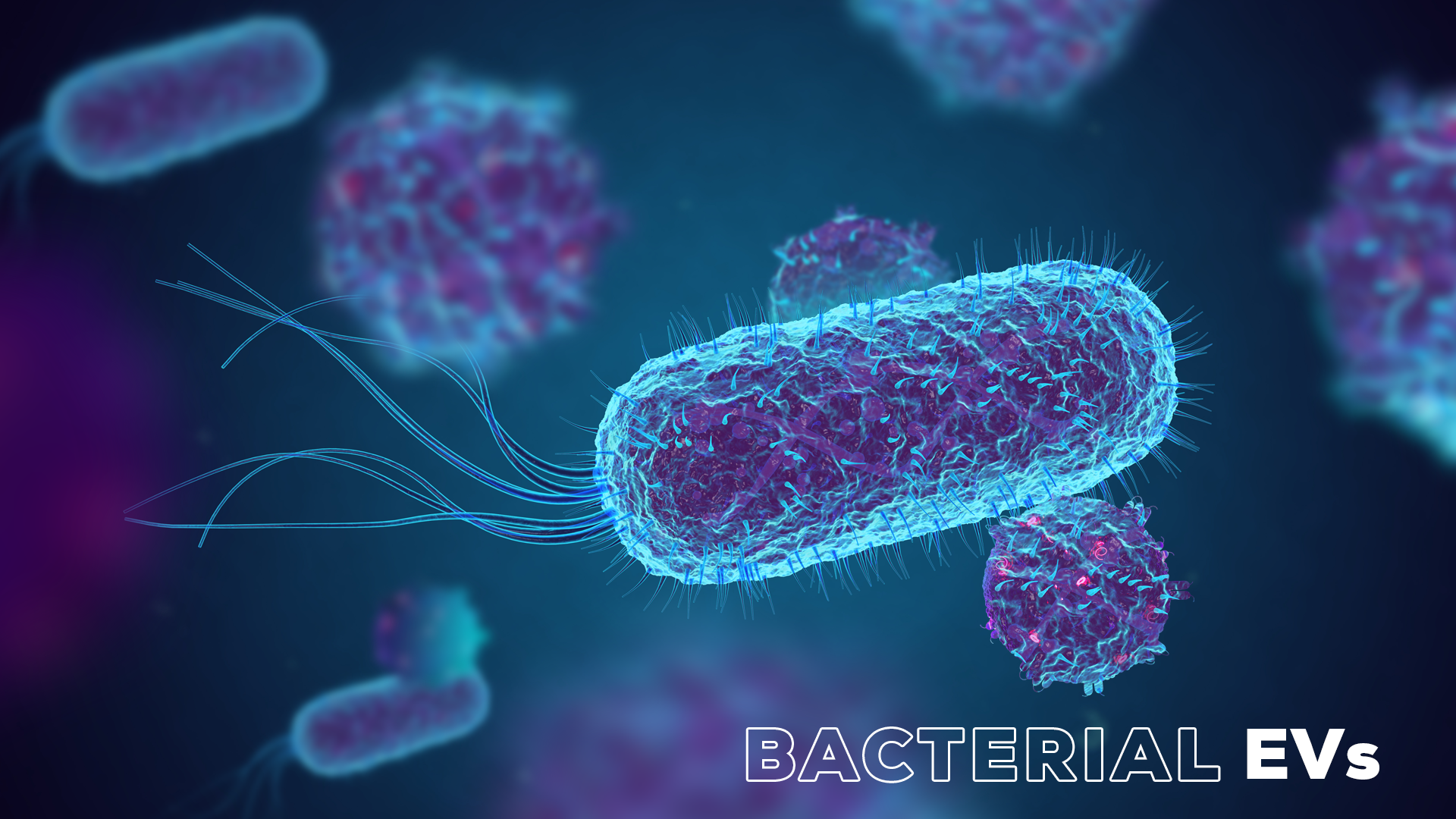There has been a great deal of interest in engineered cell therapies over the last few decades, especially for use in regenerative medicine. The oral mucosa is commonly used as a cell source for tissue engineering, largely due to its unique ability to promote wound healing without scarring. Cultured sheets of oral mucosal epithelial cells (OMECs) have been used to improve wound healing and reduce the risk of complications after oesophageal surgery.
Recent evidence has suggested that the therapeutic effects of these cell sheets may not be from the long-term engraftment of the cells themselves, but rather due to soluble factors released by the cells over time, including exosomes. If this is the case, then is it possible that the exosomes present in the cell culture media could be used as a therapeutic on their own? A recent article from Nobuo Kanai’s group at the Tokyo Women’s Medical University has shed some light on this interesting medical question.

One of the by-products of OMEC sheet cultivation is large volumes of used culture media. Kanai’s group treated fibroblasts with exosomes isolated from this media using Izon’s qEV columns. The qEV columns were used to separate the exosomes from soluble proteins in the cell culture media. The “non-exosome” fractions contained the bulk of the protein content and were negative for commonly used exosome markers like CD-9 and Flotillin-1. Fibroblasts are a major producer of collagen, the molecule associated with the formation of scar tissue, and inhibition of proliferation is a potential positive indicator for wound healing. They showed that exosomes from the OMEC sheets inhibited proliferation of fibroblasts nearly as well as corticosteroids and significantly better than exosomes isolated from autologous serum.
This isn’t the first time that exosomes have demonstrated a clinical benefit in wound healing. In fact, skin wound healing, graft versus host disease, and bronchopulmonary dysplasia have all been successfully treated using exosomes derived from mesenchymal stromal cells (MSCs). However, it is a first for OMECs, and while additional studies will need to be conducted to confirm these findings, it is an exciting development in the field of regenerative medicine.








